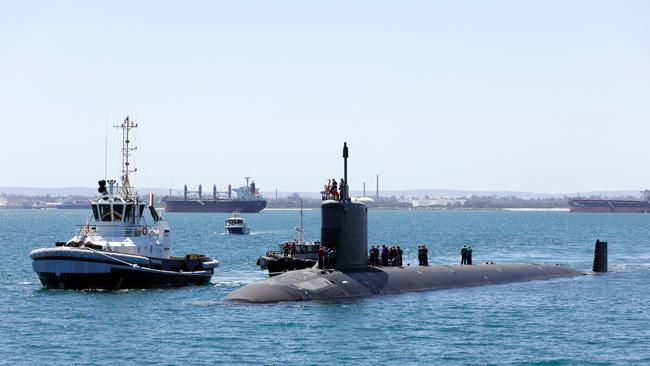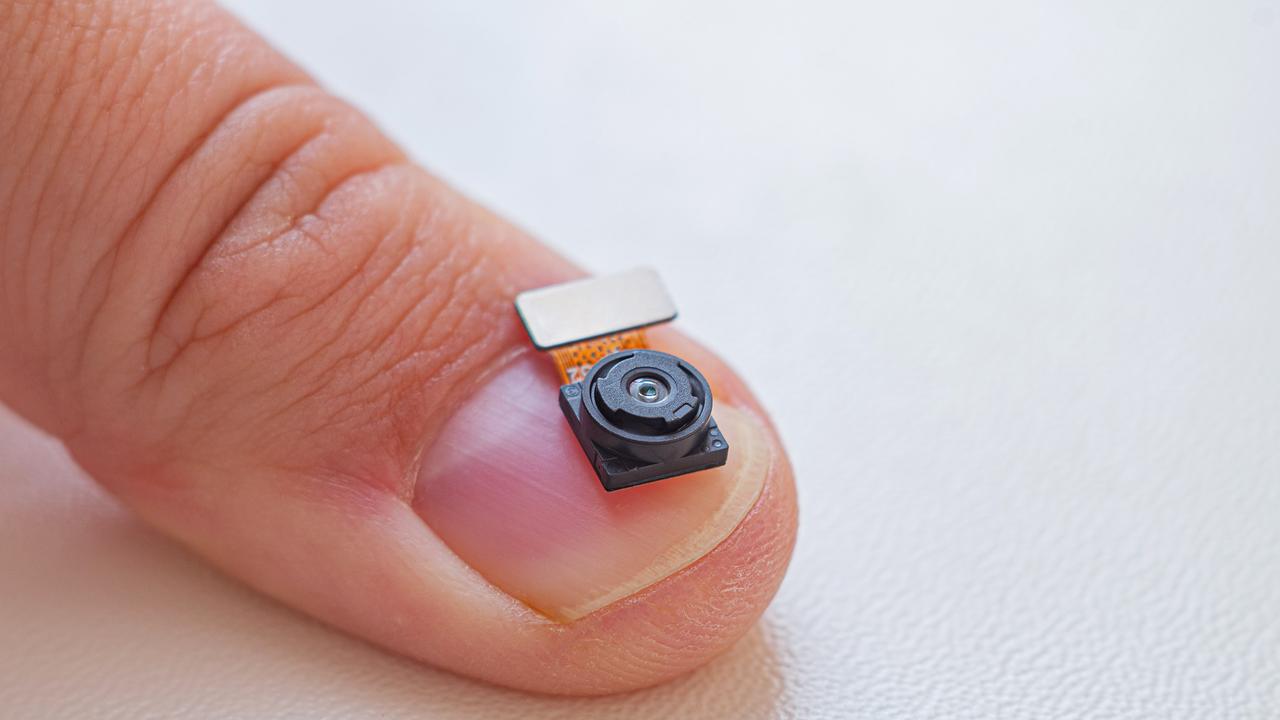Test and Evaluation critical for nuclear submarine operations
QinetiQ delivers the sovereign test and evaluation capabilities for ships and submarines to the Royal Navy and has done so for the past 23 years. It also plays an essential support role for UK submarines.

Almost every time an American or British nuclear submarine leaves its port to go out on operations, it must first pass through a sophisticated set of undersea test ranges where its various capabilities and signatures are measured and analysed in great detail.
This capability and signature information is critical within each navy’s chain of command and is vital knowledge for the submarine’s command team, who must decide where and how they can operate without being detected to achieve mission success.
And it’s not just submarines putting to sea on operations which require such analysis – the same thing must happen every time a new submarine is built and needs to be accepted by defence, or when existing fleet boats leave the shipyard after major maintenance or refit.
This ability to measure and analyse the various capabilities and signatures of a nuclear-powered submarine – including combat systems, together with acoustic, radio frequency (RF), magnetic, infra-red and even visual signatures – is therefore a critical enabler of modern undersea operations for which a sovereign test and evaluation (T&E) capability is required.
While such a capability currently exists in Australia to cater for the Royal Australian Navy’s Collins-class conventional submarines, nuclear-powered boats are extremely complex machines and require T&E expertise and infrastructure far in excess of that which exists today.
The establishment of Submarine Rotational Force-West (SRF-W) under Pillar 1 of the AUKUS partnership will see US Navy Virginia-class and Royal Navy Astute-class nuclear-powered attack boats operating from Australia in 2027, just three years from now. Australia needs to be ready to support SRF-W’s operational readiness, which will include a T&E capability that will also need to support Australia’s own Virginia-class submarines from early next decade, and beyond that, the SSN-AUKUS submarine being developed by the UK and Australia.
In the UK, QinetiQ delivers the sovereign T&E capabilities for ships and submarines to the Royal Navy and has done so for the past 23 years. It also plays an essential support role for UK submarines when visiting US T&E capabilities and to US submarines if operating from bases in Scotland. It also has a proven track record in the delivery of maritime ranges and range services.
“It’s all about understanding what your operating and operational risks are. Modern nuclear submarines are more complex when compared with a diesel-electric submarine,” Christopher Groves, a former Royal Navy submariner and currently the underwater business development lead for QinetiQ says.
“If you are going out on operations against a worthy adversary, you want to know that you’re in a fit and healthy state to go and do that. Warfare is all about signature; absolutely every element of the delivery of a warfighting capability relies upon your ability to understand and control your own signature – and your ability to exploit the enemy’s signature.
“We have 40 years of deep experience operating in this environment, so there are many things we can do to help upskill Australia’s T&E capability.”
However, while the US and UK have suitable locations relatively close to their submarine operating bases, Australia’s geography, in terms of distances and suitable oceanography, can make fixed ranges problematic.
For example, Groves points out that it would take around six days to sail a submarine from the shipyard in Adelaide to a range near the SRF-W base in Western Australia.
“Days spent transiting to conduct T&E are days that, if you can, you want to avoid and so we probably need to look at a different approach for Australia, whereby we develop a mix of fixed ranges, together with really effective deployable capabilities, so we can do the critical T&E at a position and time of our choosing, which doesn’t need submarines to travel long distances, maximising their availability,” he says.
Graeme Bick, QinetiQ’s global test and evaluation campaign chief solution architect, adds that the SRF-W milestone is the first of several important events that will occur under AUKUS Pillar 1.
“Australia needs to uplift its T&E infrastructure and train qualified and experienced people to operate the enhanced infrastructure. In the UK, we are the Ministry of Defence’s trusted long-term partner for T&E and in that capacity, we’re responsible for the operation and upkeep of the submarine ranges for the Royal Navy’s nuclear submarine fleet,” Bick says.
“We’re designing and modernising those ranges as the Royal Navy introduces new capabilities. With our significant presence in Australia, QinetiQ has the scale to support the UK MoD, and be ready to use that expertise to help the Commonwealth upgrade its infrastructure, and then operate those ranges.”
Bick says QinetiQ is an “independent partner” to the UK MoD, working with technology vendors and infrastructure firms to bring all the requirements together.
“We’re a systems integrator and operator of the ranges, together with expertise in the analysis of the data that is collected,” he says.
“We take a whole of life cycle approach to T&E capability; we acquire sensors and technology from the best of what’s on the market. We’re able to understand the requirement, bring the supply chain together, integrate it and then operate it.
“There are opportunities for a whole range of companies as part of that supply chain and there are some excellent companies in Australia that supply technology in the underwater field.”


